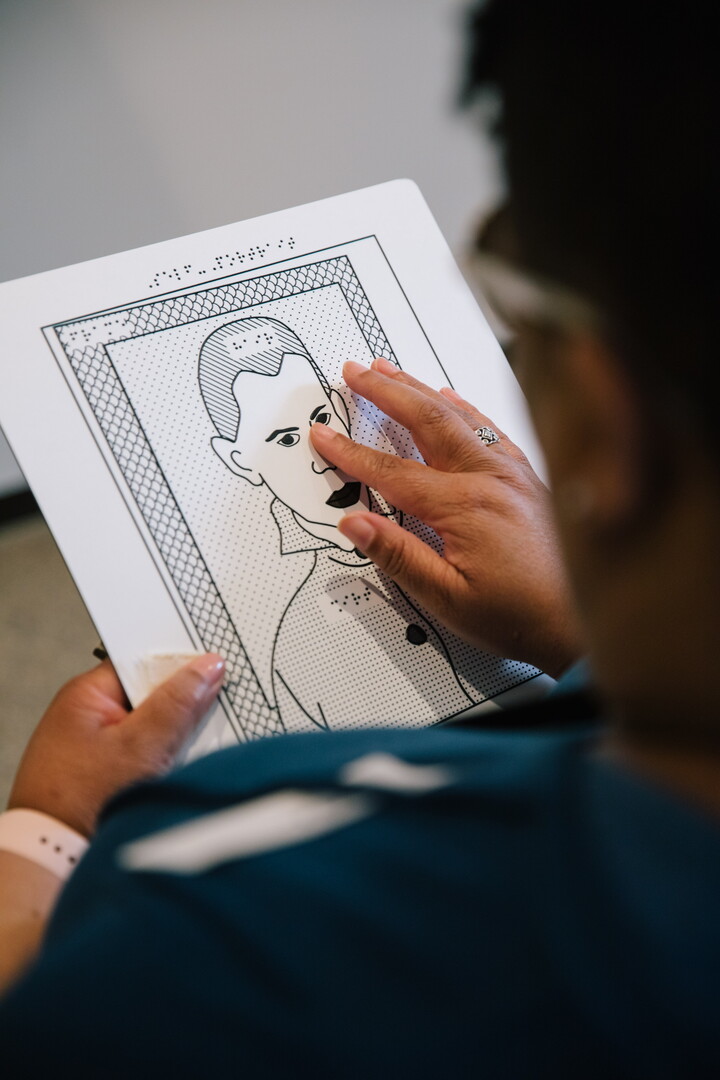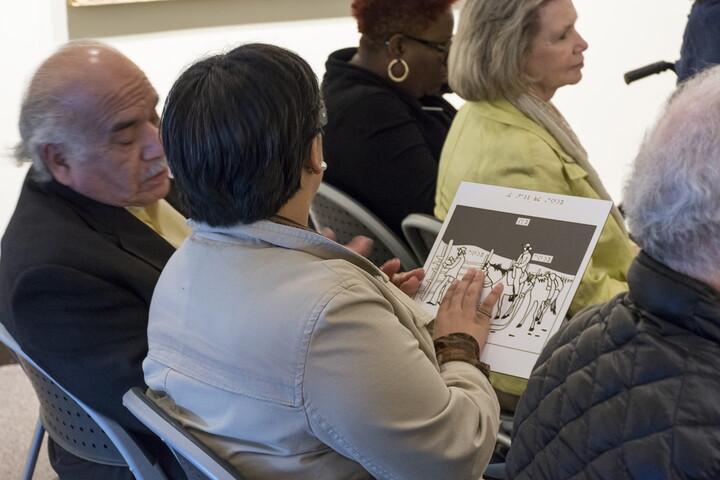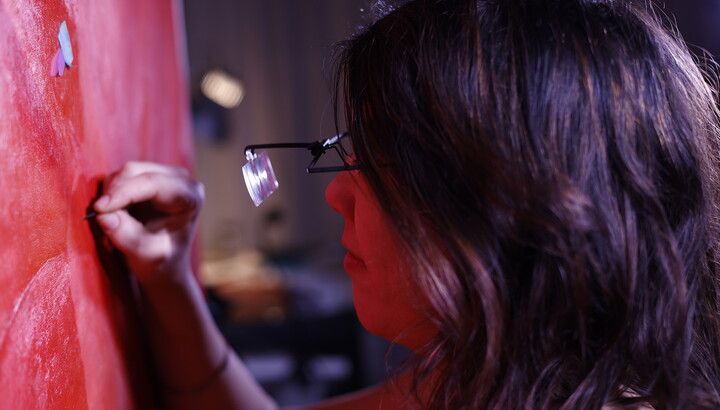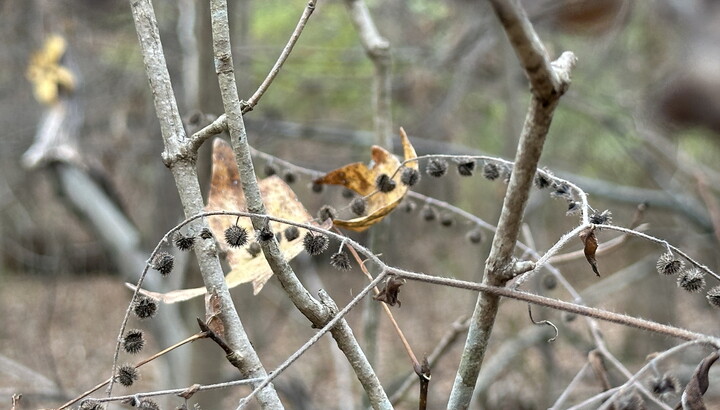The Carter Blog
Carter ARTicles
Other ways to see art
Oct 01, 2021
October is Blindness Awareness Month, so it’s the perfect time to highlight the wonderful offerings the Museum has for those with low or no vision. Your first thought might be, “I didn’t think art museums were a place for those with visual impairments.” So, please, let me be the one to make you think otherwise!
What began as a passion project when I first started working at the Carter over eight years ago are now staples in our offerings. In 2013, we first rolled out large print labels for almost every artwork on view. We installed holders in every gallery for large print booklets to accompany wall labels. This was a big deal! Not only were we the first museum in North Texas to have this tool available to our visitors all the time, but this offering meant visitors didn’t have to go to a checkout desk for a booklet and so identify themselves as someone who has special needs. A barrier was eliminated. But we knew we needed to do more.
Next, I worked with Visual Aid Volunteers (VAV) and Lighthouse for the Blind Fort Worth to talk about what types of tools would be most effective for sharing art with this specific community. Visual descriptions and raised-line drawings (handheld pieces that use textures to define details of an artwork) that people can touch with their hands or 3D prints were the obvious first things. Staff trained in writing visual descriptions wrote text explaining exactly what’s going on visually in a work of art. We worked with VAV to create 2D line drawings of paintings in our collection that complemented the visual descriptions. We partnered with local printers to create 3D prints of our popular sculptures. Visitors can use these tactile tool kits, read a visual description (in large print or Braille), and run their hands over replicas of the art to construct the artwork in their head. We also include other sensory items—like fabrics, objects replicating details included in the work, and even scents depicted in the art—in these tactile tool kits to help give a fuller picture. We continue to make new tactile tools kits each year.
We also developed an on-demand program, Close Encounters, that invites visitors with low/no vision and their guests on a tour. During Close Encounters, we spend time in the galleries with two to three artworks. I read visual descriptions, while guests run their hands over the boards, use the other sensory objects, and engage in great art historical conversations.
We are still growing our low/no vision offerings. Our latest tools utilize audio stops accessed through a visitor’s phone. Many of our permanent collection artworks have audio stops (that also have an open-captioned video you can stream), letting visitors dial in to hear experts speak about various topics. This month we introduced visual description audio stops.
The best thing about all of these tools? We’re using universal design. We’re finding that things initially created for those with low/no vision are excellent tools for visitors with sensory needs, physical or cognitive disability, heck, even for people who prefer different learning styles. Talk about a crowd pleaser!
We invite you to use any of these resources or schedule a tour. You and your family members or friends with low/no vision have all sorts of experiences waiting to be enjoyed at the Carter!





